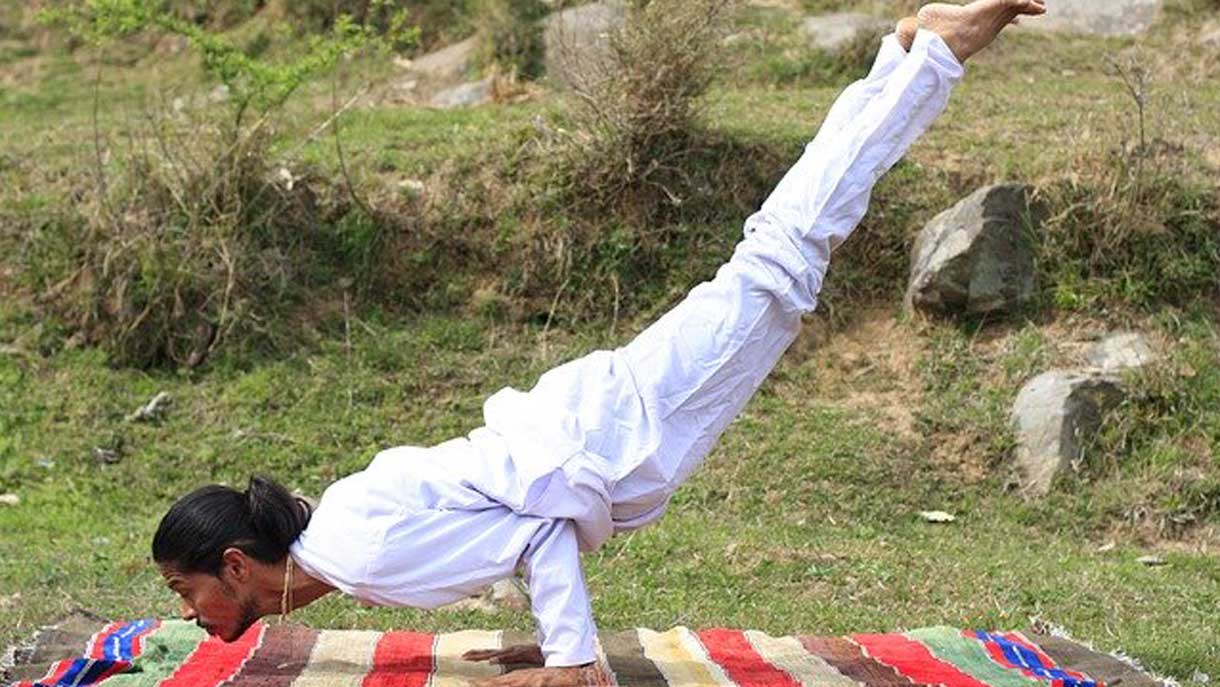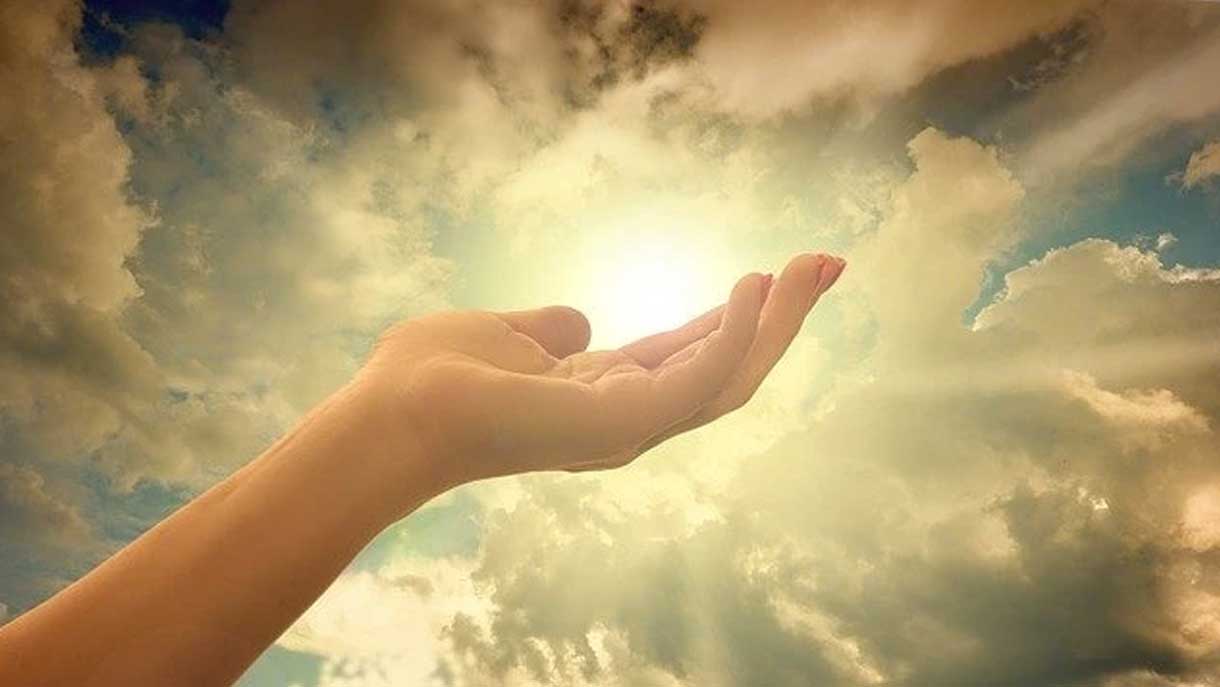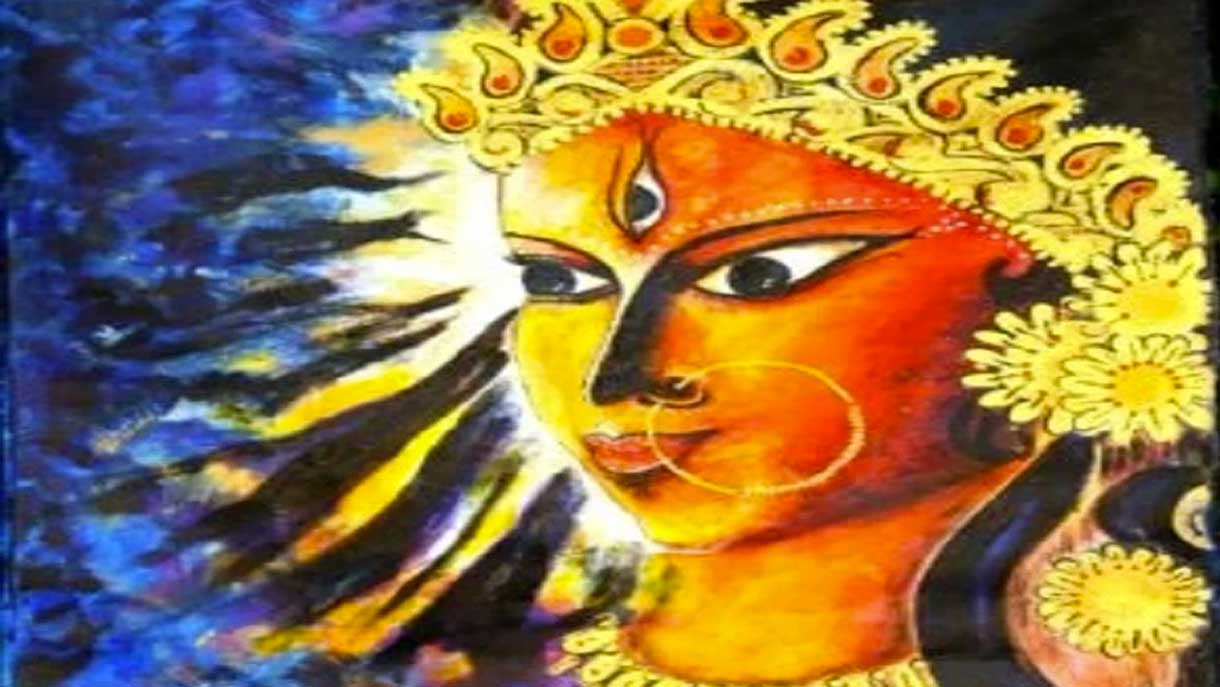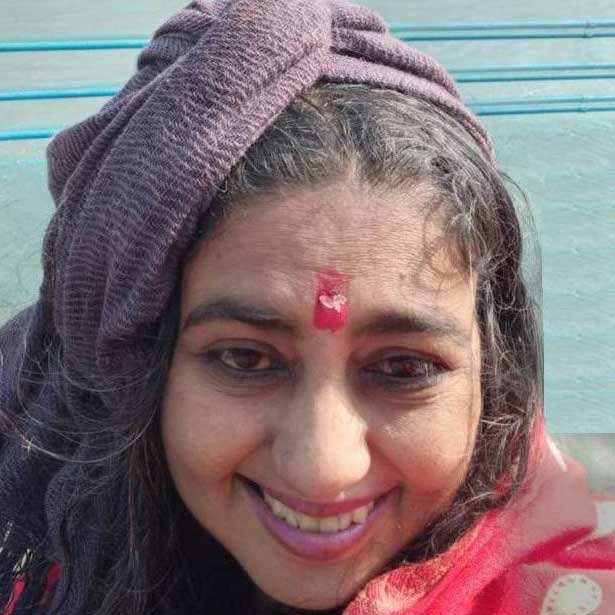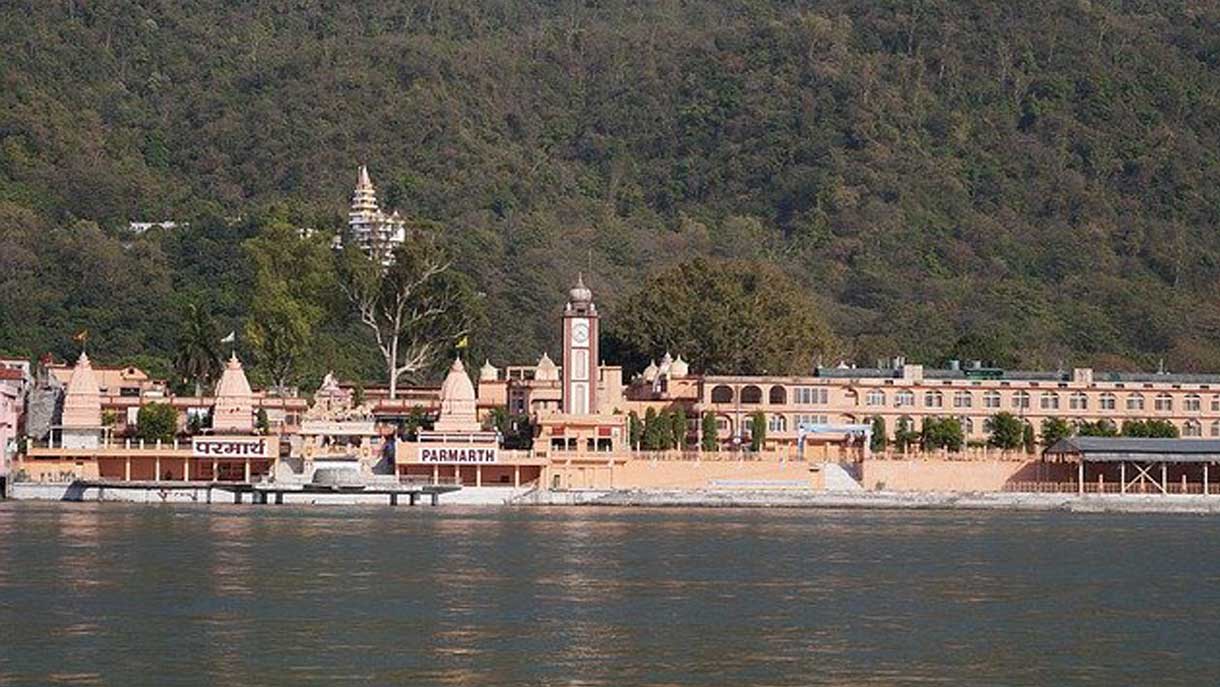
Rishikesh: Where The Ganga Flows On
Rishikesh is the abode of the Rishis (sages) and has been ever since time immemorial. I first came here from the UK back in the ‘80s at a time when it was like a jungle. We stayed at the government guest house, as back then, there were barely any places to stay or eat. We would walk the stretch of the Ganges from Ram Jhula to Laxman Jhula, and would see the sadhus pop out of their huts to gather water from the Ganga river for their daily use. We would meet a few people along the way — foreigners and Indians — and when I say a few, I mean, really only a few.
It was another world, and there were no buildings to be seen in Rishikesh apart from the little huts of the Sadhus.
It was quite idyllic. Monkeys wandered everywhere, along with cows, and that’s about all that ever happened there. An era from that time has passed.
In contrast, in today’s Rishikesh, we see buildings and people galore. Back-to-back traffic and fumes choke us on its main road that runs high along the river.
Yoga Schools and Healing Centres
The influx of tourists, both Indian and foreign has been responsible for this along with an increasing desire for money from local businessmen. There are buildings everywhere. These include hotels, restaurants, and guest houses, as well as about 300 yoga schools and 100 healing centres.
The town might have been transformed, but for many, apart from the adventure sport tourists who come for river rafting, the purpose of the visit remains the same — to find oneself.
Hordes of spiritual tourists come here seeking peace and solace, but amidst the yoga and healing bazaars, some don’t know where to turn to and end up ‘shopping’ and hopping from centre to centre.
In recent decades, Rishikesh has seen the advent of adventure sports where a host of young Indian tourists from the metro cities come for rafting and bungee jumping. Rishikesh is a dry city, but on its outskirts where these adventure camps set up their tents along the banks of the Ganga, merrymakers light camp fires every evening revelling with their music and crates of beer. They care not that Rishikesh is a dry city (alcohol free) where everyone is vegetarian. Will Rishikesh be able to keep its vibrations pure and pollution-free?
But for the pilgrim, a visit to Rishikesh is a journey of a lifetime, a time to dip and pray to the holy Ganga river, before heading up further to visit the holy places in the Himalayas. Then there are the trekkers and nature explorers, both Indian and foreign, who use Rishikesh as a stopping point before heading to higher altitudes for further explorations.
But despite this, Rishikesh has a certain deep, feel-good factor. It is this that makes the pilgrim return to it repeatedly. Maybe, it was the deep meditation of the Rishis that makes Rishikesh magnetic. For some of the foreigners, Rishikesh has become a part-time home, some almost staying here the year round while many others stay for at least six months.
Unfortunately, in recent times, many a foreign tourist has struck Rishikesh off their list due to ongoing constructions, pollution and the ever-burgeoning spiritual bazaars.
Transactional Marriages
Many of the local Indians have started to see the tourists, especially the foreign ones as cash cows. To attract these tourists, they have learnt to speak English and take on their customs. Many of the locals thirst to go abroad and in many cases, they have married foreigners to do just that. And for some foreign tourists desperate to stay in Indian, there has been the transactional marriage, too. Money changes hands and, hey presto, you have a lifelong visa to stay on for life, so long as your partner does not divorce you.
However, the beautiful Ganga river flows on, as beautifully serene as ever, changing its texture and colour only when the seasons change. The Himalayas remain a scenic and a picturesque backdrop for the rising and setting sun. It is nature, primarily the Ganga which is the life force of the place. Fortunately, this will be the case — no matter what.

